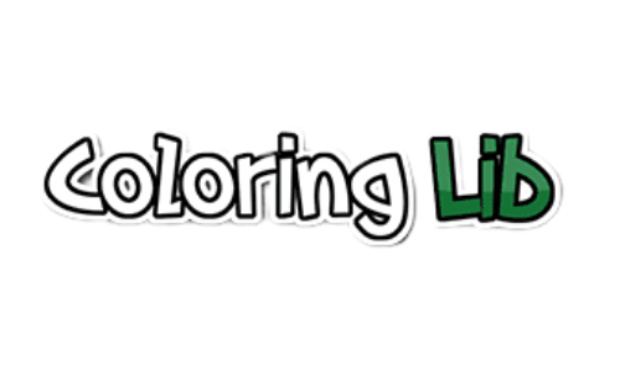Coloring has long been a beloved activity for children, providing a wonderful blend of entertainment and creativity. In this article, we explore the numerous benefits that coloring offers to children's development. From enhancing fine motor skills and hand-eye coordination to fostering self-expression and imagination, coloring plays a crucial role in nurturing a child's growth and well-being. Join us as we delve into the world of coloring and uncover the valuable advantages it brings to young minds.
Enhancing Fine Motor Skills:
Coloring requires children to hold and manipulate coloring tools, such as crayons or colored pencils, which in turn strengthens their fine motor skills. As they carefully fill in the coloring pages, they develop hand-eye coordination, precision, and control over their movements. This refinement of fine motor skills not only aids in coloring but also extends to other activities in their daily lives, such as writing, tying shoelaces, and buttoning clothes.
Stimulating Creativity and Imagination:
Coloring sparks creativity and imagination in children. As they choose colors, experiment with different combinations, and create their own interpretations of the coloring pages, they exercise their imaginative abilities. Coloring allows children to explore their artistic flair, think outside the box, and bring their unique vision to life. It serves as a platform for self-expression, enabling them to unleash their creativity and develop a sense of individuality.
Encouraging Focus and Concentration:
When engaged in coloring, children enter a state of focused attention. The intricate details of coloring pages require concentration, encouraging children to stay present in the moment and dedicate their full attention to the task at hand. This practice of focus and concentration is a valuable skill that extends beyond coloring and supports academic performance and overall productivity.
Promoting Self-Expression and Emotional Well-being:
Coloring provides a medium for children to express their emotions and thoughts. It serves as a non-verbal outlet for them to communicate and process their feelings. Through coloring, children can choose colors that reflect their moods, create artwork that represents their experiences, and explore different emotional states. This process fosters emotional well-being, self-awareness, and self-regulation, allowing children to navigate their emotions in a safe and creative manner.
Cultivating Cognitive Skills:
Coloring stimulates various cognitive skills in children. As they select colors, decide on patterns, and plan their coloring approach, they engage in critical thinking and problem-solving. Coloring pages featuring shapes, numbers, or letters can also aid in early learning, supporting cognitive development, pattern recognition, and letter and number recognition.
Encouraging Social Interaction and Collaboration:
Coloring can be a social activity, promoting interaction and collaboration among children. Whether it's coloring alongside siblings, friends, or classmates, it offers an opportunity for sharing ideas, exchanging techniques, and engaging in cooperative play. Coloring together enhances social skills, such as communication, sharing, and taking turns, while fostering a sense of camaraderie and teamwork.
Coloring is far more than just a recreational pastime for children. It holds a multitude of benefits that contribute to their overall development. From enhancing fine motor skills and stimulating creativity to promoting focus, self-expression, and cognitive skills, coloring nurtures a child's growth and well-being in various ways. Encourage your child to engage in coloring activities, provide them with a wide range of coloring materials and pages, and witness the wonders that coloring brings to their world of imagination and self-discovery.






















